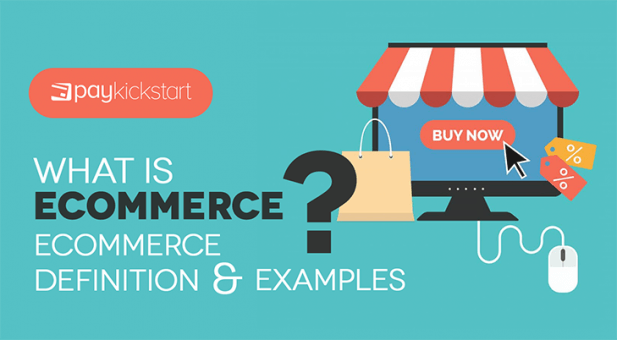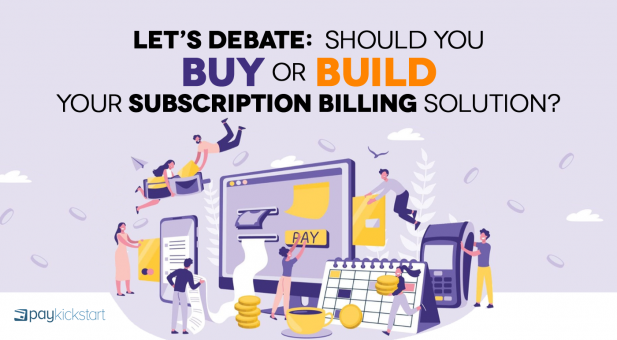Subscription growth hack (by PayKickstart)
Facebook Group - 3,932 members
Visit Group
Ecommerce is one of the fastest growing segments of the economy. If you follow tech or financial news, you’ve almost certainly heard an analyst talking about ecommerce at one point or another. And if you ask someone on the streets to name an ecommerce company, they’ll probably say Amazon
Ask people to define ecommerce, however, and they might struggle to put it into words. Don’t worry, we’re going to define what it is and offer some examples.
Ecommerce actually stands for “electronic commerce”, and can refer to any transaction that takes place over an electronic communication network. The vast majority of transactions occur on the Internet. However, using the Internet is not a requirement.
In fact, ecommerce precedes the Internet by many years. The first ecommerce transaction occurred all the way back in 1971 when students at Stanford used APARANET to sell weed to their counterparts at MIT. By the 1980s, the Teleputer allowed businesses to conduct B2B ecommerce transactions, and in France, the Minitel, a predecessor to the Internet, enabled electronic commerce.
Still, the defining moment for the establishment of the modern ecommerce industry came in 1991 when the Internet was opened to the public and commercial activities were allowed. It didn’t take long for entrepreneurs to realize they could make money off selling goods online.
And it didn’t take long for some of the emerging ecommerce companies to disrupt the entire retail industry. Let’s look at some of the most prominent examples of ecommerce companies so we can develop a better understanding of what ecommerce is.
When it comes to ecommerce, no one tops Amazon. At the time of writing this article, Amazon had a market cap of $900 billion dollars, trailing only Apple and Microsoft, and not by much. Amazon’s motto is “A to Z” as they aim to sell pretty much everything under the sun.
You can buy just about anything on Amazon. Movies, music, books, food, laundry detergent, and much more. You can even buy live lady bugs! Amazon also supports third party sellers. In fact, in 2018 third party retailers accounted for 52 percent of paid unit sales, generating roughly $52 billion in sales.

However, there’s a major downside to selling on Amazon: the fees get quite expensive. Professional sellers have to pay $39.99 a month in subscription fees. They also have to pay variable fees, which generally range between 8 to 15 percent.
Fortunately, there are many other ways to sell products and services online. With PayKickstart, for example, you can set up an ecommerce store and then integrate our shopping cart into it to process orders. You’ll only pay us an affordable fixed monthly rate, we never take a cut of your sales.
eBay is another ecommerce giant that most people are familiar with. While Amazon started off with a focus on selling its own products and goods to customers, eBay decided to build a platform that enabled other people to sell.
Instead of selling goods directly, eBay charges fees on sales sold by other parties. Like Amazon, these fees can get quite pricey. Still, eBay helped popularize online selling. Suddenly, people could take all the stuff they have accumulating in their garage or attic and sell it online.
eBay also popularized online bidding. Many of eBay’s listings are auctions. People will bid on the products and the highest bidder gets to take home the goods.
Amazon, eBay, and a few other big companies dominate the ecommerce space. However, many smaller websites continue to thrive. These days, ecommerce stores often focus on niches, such as camping gear. Or they offer a unique advantage, such as curated product lists.
Take the Gadget Flow, for example. Their website offers “curated” content. The company vets and frequently reviews the products offered on its website. The product lineup ranges from useful tools to quirky gift ideas. The Gadget flow was founded in 2012, long after Amazon had secured dominance, but the website is still generating millions of dollars a year in sales.
When you think of ecommerce, you probably think about physical products, whether that’s ladybugs or books. You might lump digital goods in as well, such as movies or ebooks. But often, those digital goods are digital versions of real-world products.
Yet ecommerce can also refer to the sales of services over the Internet. So long as the transaction is taking place online, it can be counted as ecommerce. That’s what makes Konsus so interesting. Need a power point presentation? Want some illustrations? You can buy all those services and more through Konsus.
Ecommerce is expected to top $1 trillion dollars by 2025 and will account for 25 percent of all retail sales (excluding autos and gasoline) by 2030. Amazon will likely still be the world’s biggest ecommerce store but many other websites are going to emerge in the years ahead and find success.
With ecommerce, you can access national and even global markets right from the comfort of your home office. You can sell goods, services, or whatever else all through the World Wide Web. Of course, if you do decide to sell online, make sure you have a great shopping cart that lets you customize to your heart’s desire!
Michael Harbone is an experienced copywriter, writing professionally since 2017. He has written for multiple digital marketing companies gaining the reputation for writing engaging, concise articles one which received an award from Upcity.
Read More About Michael Harbone